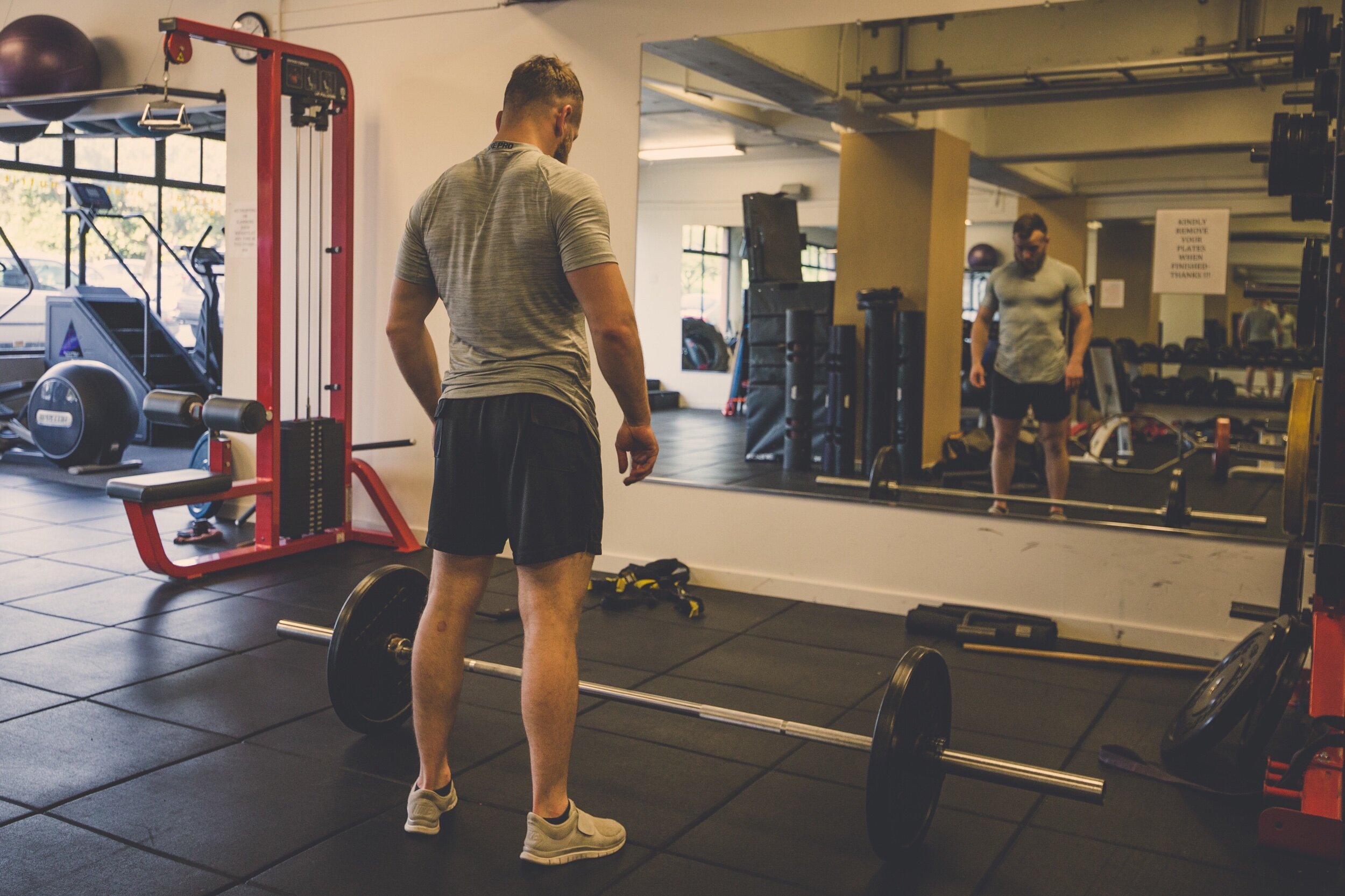Easy Steps to Build Your Own Training Program
It me. Probably deadlifting. Photo by Cory Weissenborn // IG: @ coryweissenborn
I originally made this blog to help out people seeking guidance towards a healthier path, so making this post only seems fitting to get you started in the right direction. Mind you, this will be a general program building guide and does not include any personalization at all; that is up to you. However if you have been hitting random exercises and machines in your gym for some time, or haven’t been exercising at all, this guide is created with you in mind.
Ok, so the main premise of most training programs are built on the concept of “progressive overload”. Progressive Overload simply means gradually increasing the stress on the body or muscles over time. Simple enough, right? Generally when most people think about applying additional stress for strength gain, weight load is the first amplify. “Chasing the weight” is a common term in the gym, constantly trying to lift heavier weights over time. People seeking weight loss tend to add more reps in their sets while not being concerned about increasing the weight load over time for the belief that the heavier weight will make them “bulky” or heavier in general. I’m here to confirm that these choices, although they are not black and white true, will STILL yield some results you’re seeking, provided your nutrition and recovery are working for you as well. Adding weight load and additional reps are just two of MANY variables that can be modified in a workout program to apply additional stress to your body. Here is a list of variables I consider when building a program:
Barbell Exercises are great for applying intensity without as much articulation or technique needed. You STILL need those, but it’s the easier route to work hard. Photo by Cory Weissenborn // IG: @coryweissenborn
WEIGHT LOAD: No brainer. If the weight is heavier, the muscle will work harder if nothing else changes in the workout.
SETS/REPS (ish): Depending on how many sets and reps you do will determine how much total tension you put on your muscles.
RANGE OF MOTION: the range at which your body is capable of going, or if desired, what lengths you would like to limit to achieve a certain type of muscle fatigue (half reps, although I don’t practice, do serve a body-building type preference).
REST: How much time you choose to rest between sets. The longer the rests, the more force you will be able to output in the long run, but the time under tension gets equally reduced, making it less endurance based and more power based, for example.
TYPES OF TENSION: this can include, but not limit, Barbell, Dumbell, Kettlebell, elastic bands, cable machines, medicine or dead balls, chains, and so on. Think outside of the both with some battle ropes or tires, if available. Whatever tension you choose, just remember that the more varying tensions are in your program, the most likely outcome of you reaping the most of your goals, whatever it may be.
Kettlebells are great for complex and articulate movements. Moving a weight more effectively could be better than lifting a heavier one. Photo by Cory Weissenborn // IG: @coryweissenborn
Now that we know what tools to play around with, let me tell you that whether you want to gain muscle or burn body fat, the answer to both will be met the quickest if you favor high FREQUENCY over high INTENSITY. Yes, intensity is important later down your road of progression, however when just picking up a program, it is highly recommended to apply frequent tension on your body multiple times a week versus intense tension on your body one or two times a week. This is also playing around with a concept called TIME UNDER TENSION, where you basically want as much time under physical controlled stressed, forcing the muscle to ultimately work harder through the long haul. Time Under Tension has more meaning than just talking about your program, but for now, just remember you want to prioritize it in this way.
So how can you build a program with High Frequency? Space your muscle groups out over the week to allow them to work at least 3-4 times a week while also giving them days to recover. Here’s a very basic approach to a Monday through Friday workout program:
Monday: Legs, Back (horizontal pull), and Shoulders (vertical push)
Tuesday: Chest (horizontal push), Back (vertical pull), and core
Wednesday: Repeat Monday’s theme, but different movements (or even same/similar movements but different VARIABLES)
Thursday: Repeat Tuesday’s theme but different movements/variables
Friday: A little bit of every muscle group, covering things you’d like to emphasize, and make it FUN (motivation for staying on track)
TRX is a type of tension relying solely on bodyweight. Highly recommend mastering movements in your own body before you pick up a weight. Photo by Cory Weissenborn // IG: @coryweissenborn
So there you have it, a very brief rundown on everything you should be aware about when building your own workout programs! Try to think outside the box and include as many different variables as you can to keep your mind and body guessing and honestly keeping it fun. Allow your body a couple weeks to get used to the program before switching it up, as I just gave you loads of different combinations you could do without even changing the man workout.
PRO TIP: the end result is met when these 3 Pillars of Fitness (Workout, Nutrition, Recovery) point you in a specific direction. If you want strength increase, make sure you’re eating more calories than you burn. If you want body fat reduction, eat less calories than you burn. If you want something more specific… than perhaps you should email me haha.
That is all I have for you for now! More details on how I can break down an exercise with different variables coming soon.




